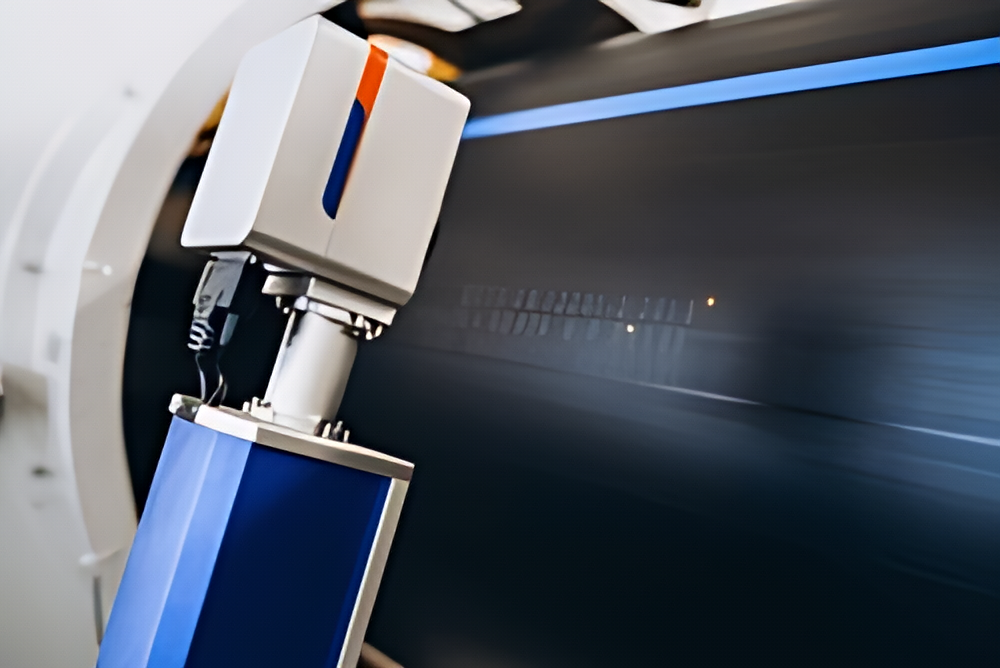
Product labeling has evolved a lot, and nowadays, much of labeling is done using cutting-edge technology like laser marking and engraving. Product labeling is essential as it enhances customer trust and makes the company products easier to identify. On top of making product identification easier, laser marking and engraving techniques are widely used to personalize products by printing logos and names that reflect the owner's or company's identity. Although laser marking and laser etching both utilize a laser to make the mark, the results are markedly different, and laser-marked and laser-engraved symbols have a distinct visual appeal.
If you are confused about the two laser techniques and have to decide between them, then you are in the right place. In this post, we will discuss the differences between laser marking and laser engraving and their applications.
Laser marking is a labeling technique that involves using a focused light laser to alter or char the surface of a material. No material is removed from the surface during this process, yet bold marks through discoloration are made on the material's surface to create a label. This mark can easily be scanned and recognized visually. Four kinds of laser marking techniques are utilized according to the nature of the surface material.
This procedure involves a laser that heats a polymer. Once the polymer is heated, it melts and forms foam-like bubbles. This method is used to mark packaging materials.
A laser carbon migration process is used to make a mark for metal and metal alloys. The laser causes the carbon in the metal to migrate to the surface of the metal. The result is a high-contrast black logo or label that immediately catches attention.
Laser annealing is another laser marking technique for labeling specific metals like titanium and stainless steel. The color transition of the metal surface is done by heating the surface with a laser beam. This results in oxygen diffusion below the surface level. The metal starts to oxidize internally, leading to a surface color transition.
This versatile laser marking technique suits both plastic and metal exteriors. Only selected parts of the metal or plastic are heated. Moreover, this procedure can produce various colors and shades of labels since it uses lasers that can alter its frequency, intensity, and speed.
The laser marking process is commonly used for:
Unlike laser marking, laser engraving results in material loss from the surface during labeling. This technique consists of a laser beam that removes surface material. This is akin to scratching the surface but with a laser. The resulting image or label can be felt by hand as a depression on the surface.
Laser engraving uses a laser beam that vaporizes the surface material. Since the laser intensity is high and it heats the surface quickly, the surface material cannot be exposed for prolonged periods, and the beam pulse is kept short over the surface area. For a deeper engraving, multiple pulses are done to make the mark more distinct.
Laser etching creates shallow marks on a material's surface. These marks are generally not very deep and are suitable for applications where only a superficial alteration is required.
Laser engraving produces deeper marks that are more resilient, making them capable of withstanding challenging operational or environmental conditions. This process involves removing material from the surface to create a lasting and prominent mark.
Laser ablation is a process that involves removing surface coatings, such as painted or anodized layers, to expose the underlying layers. This technique selectively removes specific surface materials while leaving the base material intact.
Laser engraving marks various objects from multiple industries, like
The debate between laser marking and engraving highlights each technology's unique strengths and applications in various industries. While both laser marking and engraving processes utilize high-precision laser beams to modify surfaces, they serve distinct purposes.
Selecting the most suitable process—whether laser marking or engraving—depends on the project's specific requirements, the material properties, the depth of marking needed, and the desired result. Both technologies offer unparalleled precision, efficiency, and versatility, revolutionizing how industries approach product identification, branding, and customization.